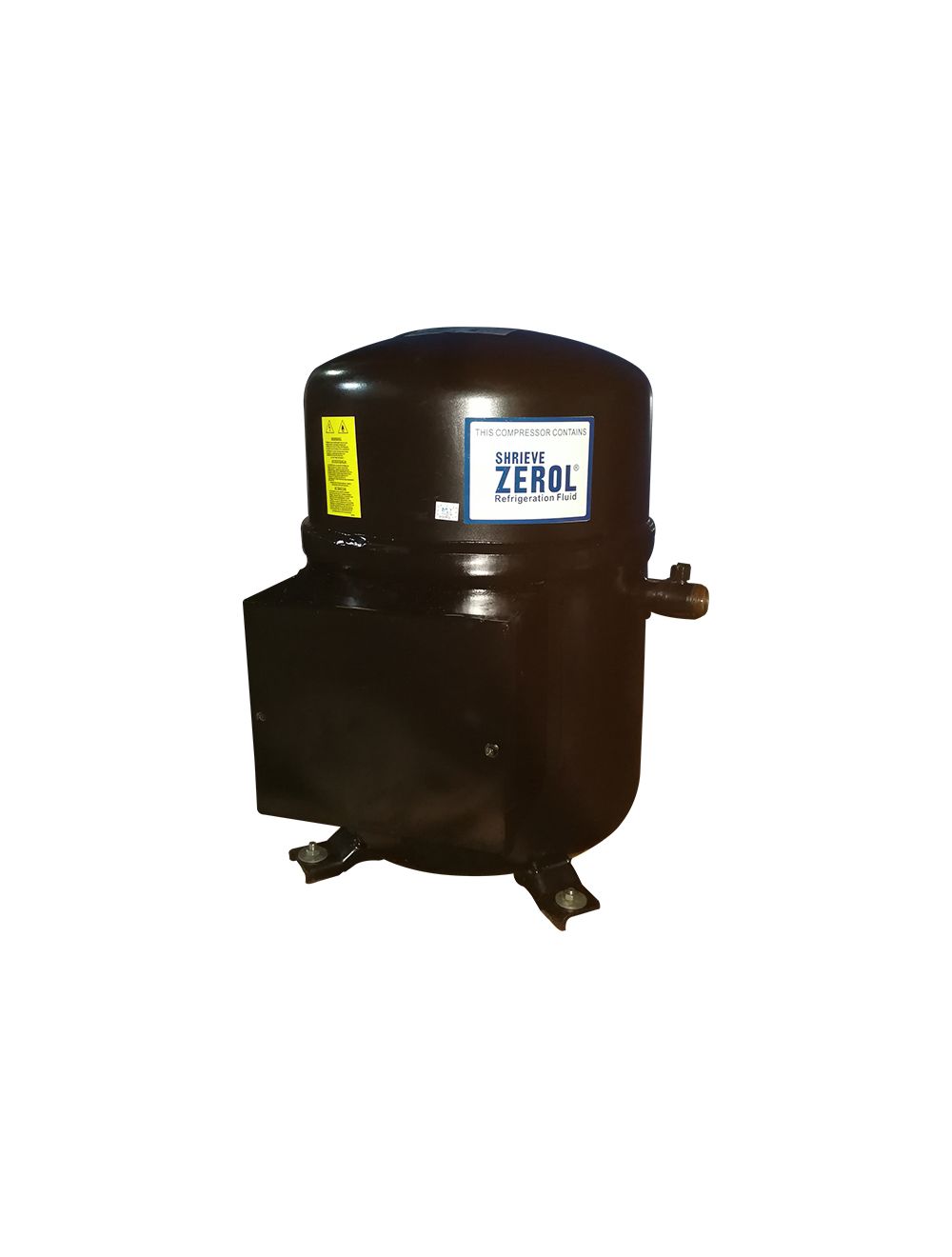Now, in the world to promote environmental protection and low-carbon general trend of green living, inverter air conditioning has entered a new era. But the rising price and shortage of raw materials cause the air-conditioning price to rise persistently. Only Mitsubishi Electric keeps the price stable and good quality, so as to avoid performance degradation of its products after many years of use. With the world-class laboratory and production line, there are the most rigorous and conventional tests. By implementing the spirit of Mitsubishi Electric, it provides the best quality inverter air conditioning to consumers.
On the other hand, Daikin Air Conditioner, which has a solid industrial foundation, holds its own core technology, is not weak compared with Mitsubishi Electric Air Conditioner. Daikin Air Conditioning is equipped with patented technology in R&D of compressor and motor. The oscillating type compressor developed by Daikin avoids the components friction and refrigerant leakage, reduce the compressor vibration, and improve the operation efficiency, making the air conditioning operation more stable and quiet.
In this article, Okmarts compares the two brands from four aspects to help people understand their difference and pros and cons.
1. Throttling Technology Comparison
|
Brand Technology |
Mitsubishi Electric |
Daikin |
|
Throttling Technology |
* In use of branch box throttling technology, each indoor electronic expansion valve is concentrated together. * No electronic expansion valve in indoor unit. * Reduce the connection points of piping construction, improve the stability to help maintenance. |
Using electronic expansion valve throttling technology, each indoor unit contains an electronic expansion valve. |
|
Unit Type |
Power multi 4HP,5HP,6HP Unit |
Household VRV 4HP,5HP,6HP Unit |
|
System Type |
* Variable Refrigerant Flow (VRF) technology * Outdoor Unit contains scroll compressor. * The steam pipe and the liquid pipe both use one-pipe control to enter and exit the compressor. No more pipes. |
* Variable Refrigerant Volume (VRV) technology. * Outdoor Unit contains scroll compressor. * The steam pipe and the liquid pipe both use one-pipe control to enter and exit the compressor. |
|
Noise
|
Branch box device eliminates the electronic expansion valve of indoor unit to avoid the refrigerant noise. The lowest noise operation of inside unit is reality. |
The indoor unit contains electronic expansion valve. On a quiet night, the slight noise is made by the refrigerant throttling of the expansion valve when unit runs. |
|
Branch Box Installation |
Pros After using the branch box, all pipes are in flaring connections when installing indoor unit.. No need to weld and save construction cost. Easy to construct. No welding reduces the oxidation of the copper pipe, thus avoiding the blockage of the throttling device of the branch box, so that the service life of the device and the compressor is longer. Cons Separate installation location space required The indoor unit has no electronic expansion valve. And the refrigerant pipe between the branch box and the indoor unit has a large cooling loss, especially around the branch box. So the coefficient of refrigeration goes down.
|
Pros There is no need to install throttling device which has been installed in the indoor unit. The electronic expansion valve is installed next to the inside unit. So the heat absorbed by the pipe from the electronic expansion valve to the indoor unit is produced in which the indoor machine is installed. Thus the refrigeration coefficient is improved. Cons During installation, weld is required. In the process of copper pipe welding, the oxide increases, which strengthens the blockage in the throttling valve device, shortening the service life of the valve and the compressor.
|
|
Refrigerant Volume Distribution |
The electronic expansion valve device is installed in the branch box, which helps make the refrigerant better meet the needs of each indoor unit, ensuring the refrigeration and heating effect of the room. |
It is easy to cause the indoor unit closer to the first branch pipe to be supplied with sufficient refrigerant volume by the use of branch pipe connected to each indoor unit. But the unit far away from the branch pipe gets insufficient refrigerant, thus affecting the refrigeration and heating effect. |
|
Repair |
Generally, branch box is installed in the bathroom, storage room or kitchen whose ceiling is a movable frame panel. If required it is easier to replace and maintain the device. |
Due to the small space for the installation of inside unit in the room, the maintenance space is more limited. If the electronic expansion valve fails, the maintenance of the device requires removing the indoor unit, which would damage the ceiling of the room. |
|
Price |
Higher cost |
Lower cost |
Table 1: Comparison of throttling technologies of Mitsubishi Power Multi and Daikin VRV central air conditioners.

Figure 1: Units of Mitsubishi central air conditioner series Power Multi.
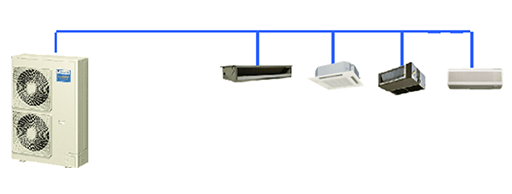
Figure 2: Units of Daikin central air conditioner series VRV.
2. Places where Components are Produced
2.1 Place of Production of Power Multi by Mitsubishi Electric
Mitsubishi Electric household Power Multi is assembled at SAEC factory in Shanghai, China.
Compressor core components, such as fan, motor, and electronic valves are produced from Japan.
2.2 Place of Production of VRV by Daikin
The units are generally produced in China.
3. Heating Effect
3.1 Compressors
* Mitsubishi Electric POWET MULTI
Power Multi adopts efficient scroll compressor with low-pressure chamber, which is good at refrigeration and heating. Besides, it is of stability, good performance and long service time.
* Daikin VRV for Home Use
Daikin VRV uses scroll compressor with high-pressure chamber. Outdoor unit of VRV Ⅱ system is applied with speed change control by DC, and its output can be adjusted automatically according to the indoor load. Refrigerant is transported directly in long distance. Daikin VRV changes the old pattern that water is the carrier. It is one of the most efficient air-cooled heat pump units. Its energy efficiency ratio can reach 3.9, about 20% higher than the general units, and 40%~50% more energy saving.
3.2 Defroster
* Mitsubishi Electric POWET MULTI
Mitsubishi Electric POWER MULTI series adopts intelligent defrosting technology to reduce unnecessary defrosting operation, thus ensuring long-time heating and comfortable indoor temperature.
When it is defrosting, by analyzing the outdoor temperature, time and other parameters, it achieves intelligent defrosting.
* Daikin VRV for Home Use
Daikin air conditioning also adopts intelligent defrost technology, which will automatically start the defrost operation according to the comprehensive judgment by multiple factors such as the heat exchanger performance, refrigerant pressure and temperature, and running time.
When the system is changed to the refrigeration mode, the four-way valve will exchange the functions of the indoor and outdoor unit. The refrigerant in the outdoor unit is Freon in high temperature and pressure, melting the ice. After reaching the set conditions, the defrosting process is over and the heating mode is started.
3.3 Static Pressure
* Mitsubishi Electric POWET MULTI
Mitsubishi motor adopts four levels of static pressure adjustment (5/15/35/50Pa), which can meet the static pressure requirements of different people. Because of the wide range of options, hot air can cover the whole room during heating, so as to ensure the heating effect.
* Daikin VRV for Home Use
Daikin adopts 2 levels of static pressure adjustment (10/30Pa), which will affect the heating effect of the room.
4. Noise of Indoor Units
Some users and dealers claimed that Mitsubishi Electric's ultra-thin air duct type indoor unit has higher noise than Daikin in actual operation. We have known that the main root is the static pressure and air volume of the indoor unit.
4.1 Maximum Air Volume
Mitsubishi Electric POWER MULTI : 25Unit 540m3/h(30dB)、35Unit 660m3/h (33dB) 、50Unit 900m3/h (37dB) 、 60Unit 1080m3/h (38dB) 、 71Unit 1200m3/h (40dB);
Daikin VRV for home use: 25Unit 498m3/h (31dB) 、36Unit 528m3/h (32dB) 、50Unit 750m3/h (35dB) 、 63Unit 990m3/h (36dB) 、 71Unit 990m3/h (36dB).
We can conclude that for the same model, the air volume of Mitsubishi Electric is 10% ~ 20% higher than that of Daikin. From the perspective of air supply, the larger the air volume, the more uniform the room air supply, and the better the comfort of human body.
4.2 Maximum Static Pressure
Mitsubishi Electric POWER MULTI : 5 / 15 / 35 / 50Pa
Daikin VRV for home use: 10 / 30Pa
For the indoor units, small static pressure produces little operation noise. On the contrary, the noise will be large. The heating effect of the unit with small static pressure is not good in winter, because the hot air cannot be knocked down.
Conclusion
In terms of technologies, heating effects, and working noise, Mitsubishi Power Multi works better than Daikin VRV.
About OKmarts
Okmarts, the online shopping mall of industrial parts with most complete model choices, supplies various types of Mitsubishi and Daikin air conditioning compressors.
Either you opt for single or batch purchase, you can find the most favorable price and fast delivery worldwide here.
Check Daikin compressor catalog
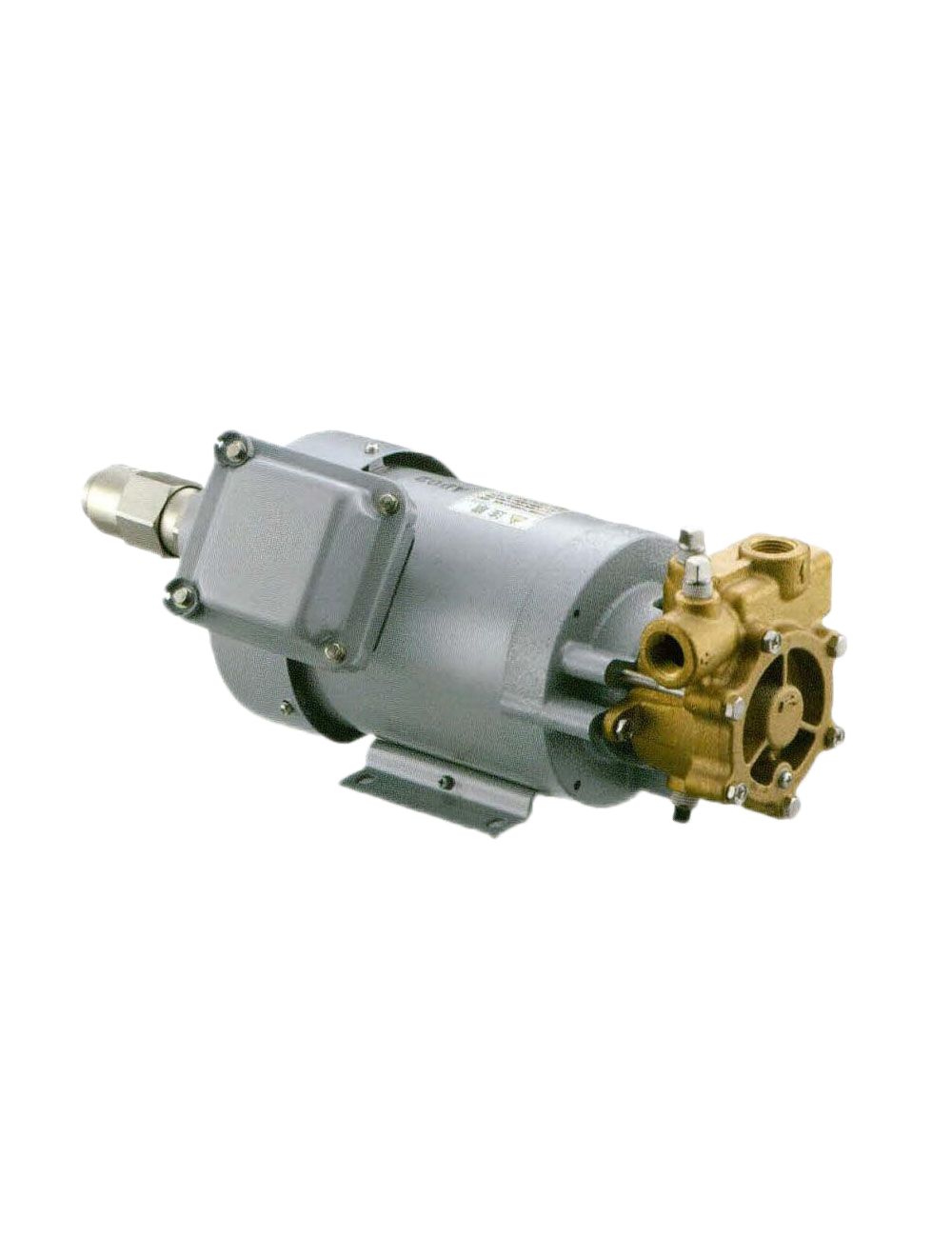

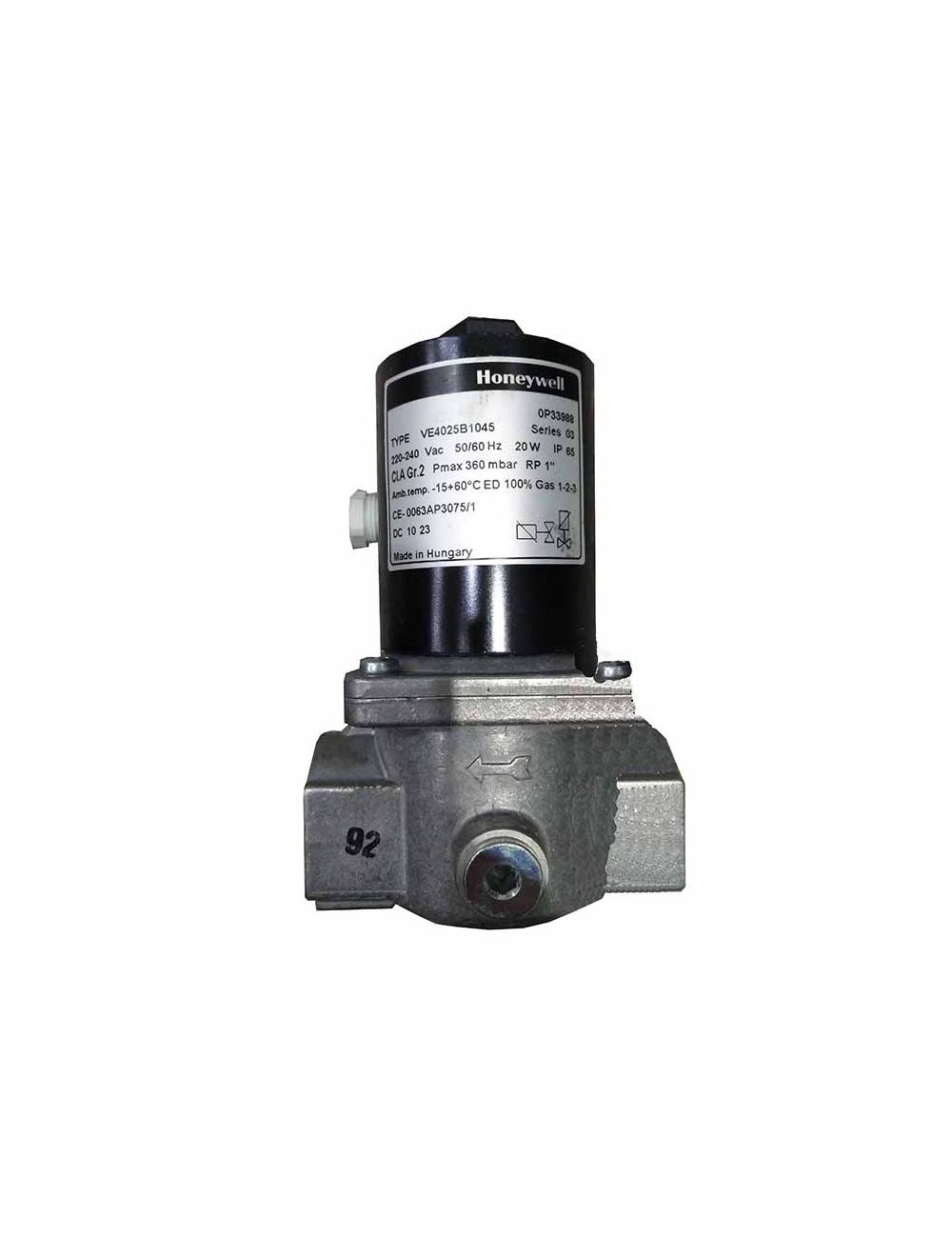
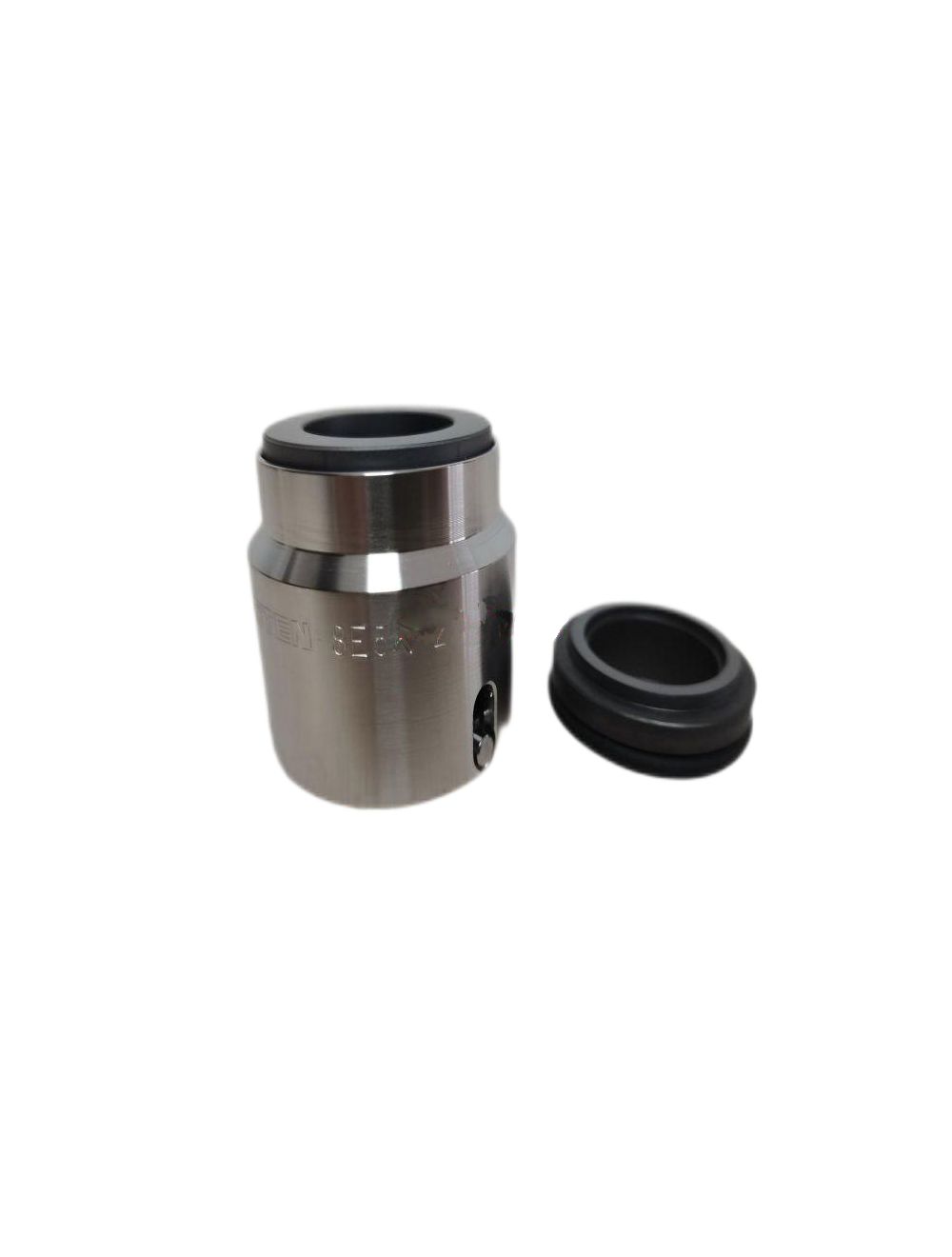
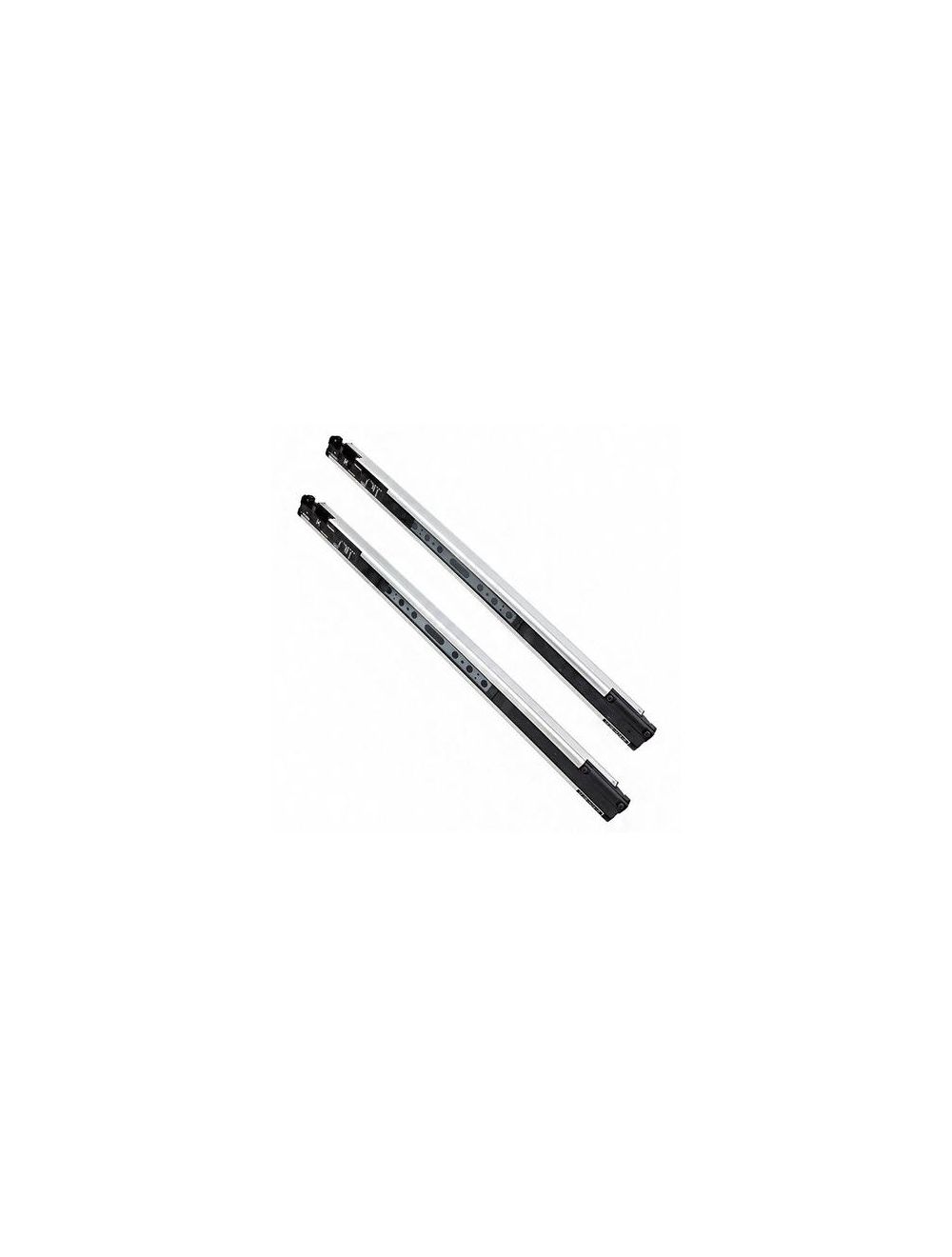
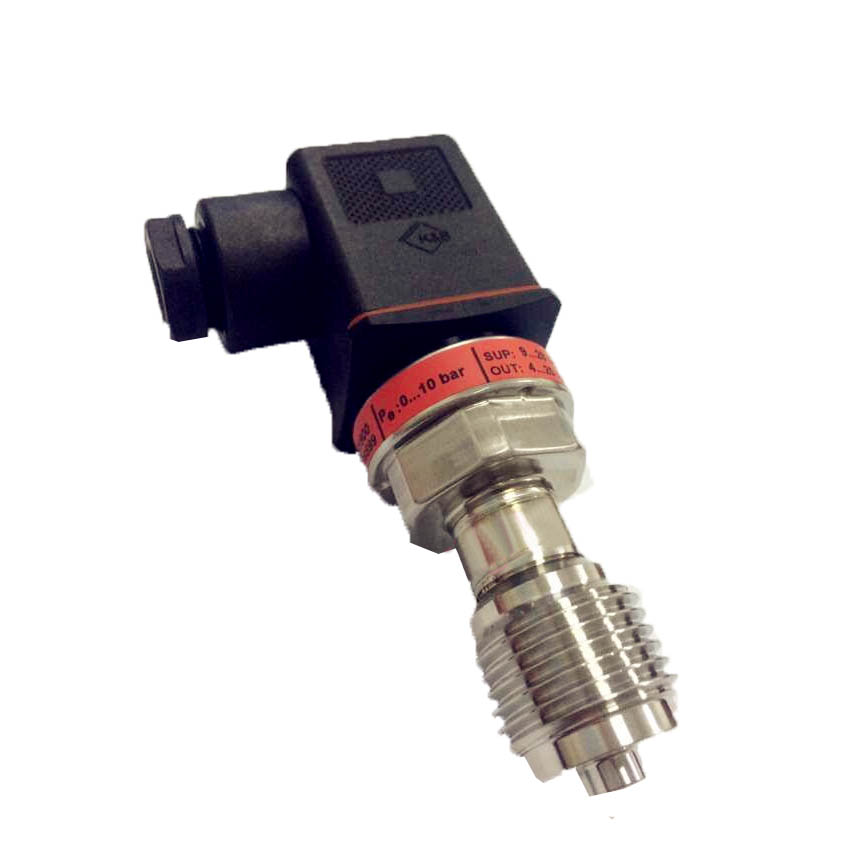


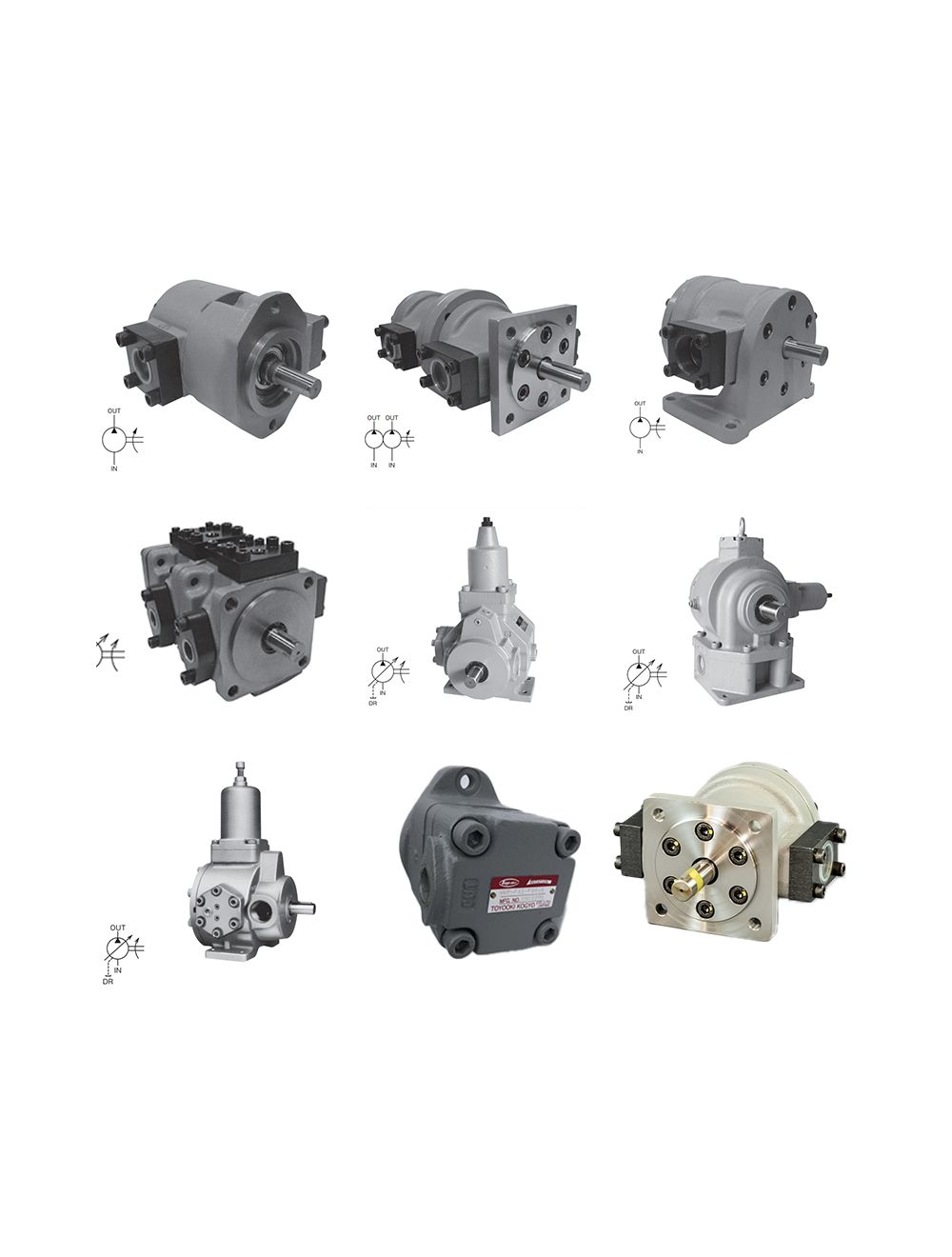
A1-N1/Gree-Air-Conditioner-KFR-26GW-K(26541)A1-N1.jpg)
